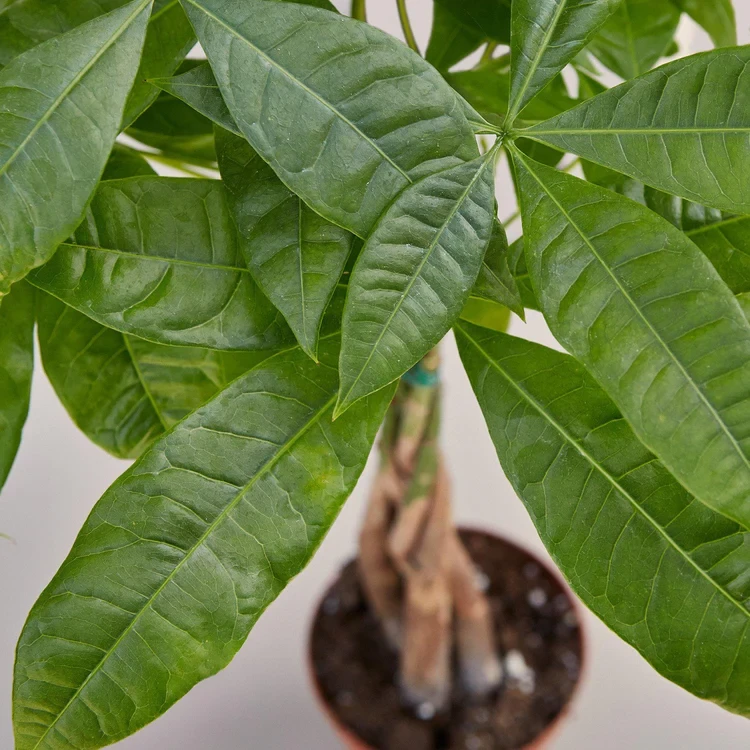
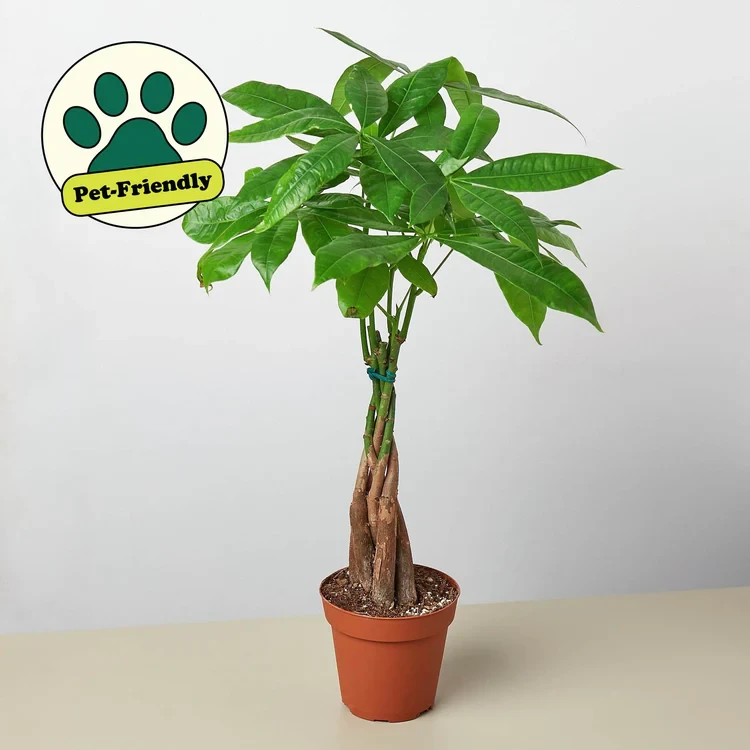
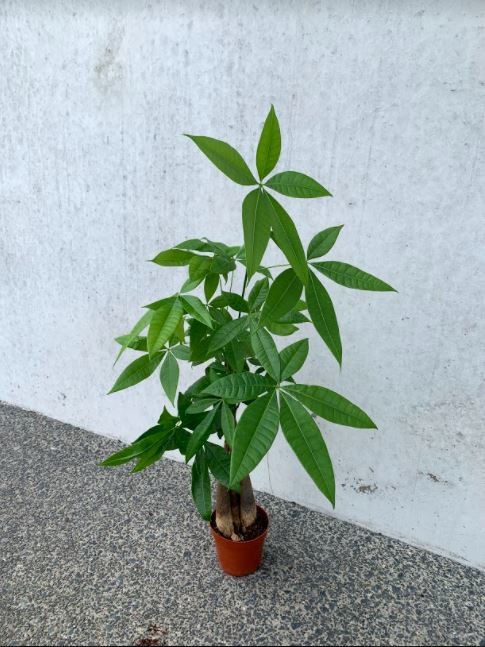
Money Tree 'Guiana Chestnut' Pachira Braid
Approx $21.99 USD
Botanical Name: Pachira aquatica
Common Name(s): Guiana Chestnut, Money Tree
Description: Native to central and South America, the Money Tree is a braided tree that can grow up to 6-8 feet indoors or be trained as a bonsai. In east Asia, the Money Tree is often used by those who practice Feng Shui to bring positive "Chi", or energy, into the room, thus being a popular housewarming gift. On top of that, it is a hardy plant that requires relatively low maintenance. It can tolerate direct sunlight, but prefers bright indirect light, lots of water, and warm temperatures.How to Grow and Care for the Money Tree
How to Keep Your Money Tree Thriving Indoors
By CORI SEARS Updated on 12/19/23We love plants.0 of 3 minutes, 2 secondsVolume 0%00:0003:02 IN THIS ARTICLE
The money tree is a species native to Central and South America that has become an attractive, easy-care houseplant thanks to its hardy nature. First popularized as a houseplant in Taiwan during the 1980s, the money tree is prominent among those who practice feng shui and is believed to create positive “chi,†or energy.
Most commonly, money trees are sold as small plants with a braided trunk made up of three, five, or seven stems. The trees are braided at the nursery when they are young and will continue to grow this way as they mature.
The trees will grow quickly indoors or outdoors, often adding up to 24 inches a year in height.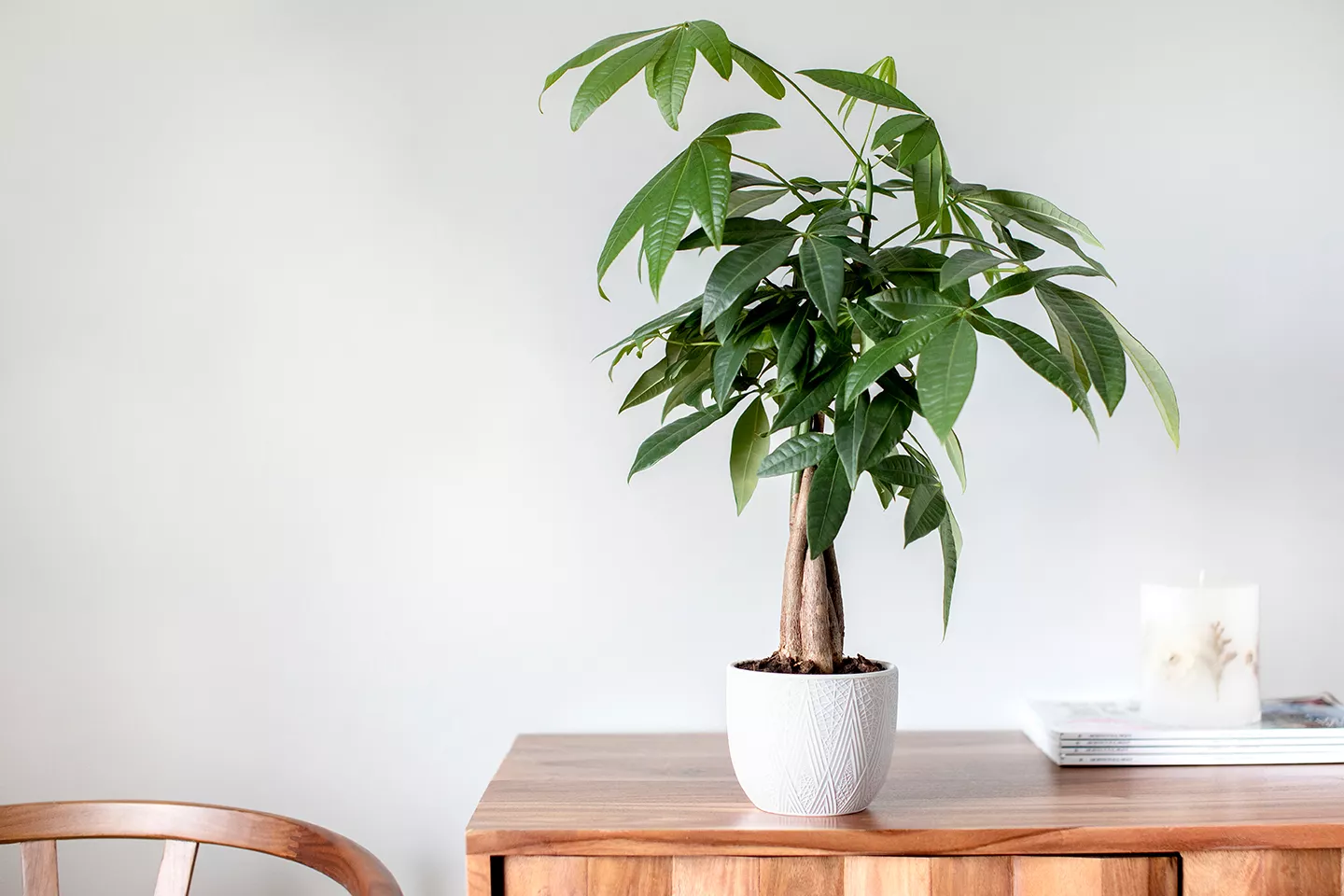
The Spruce / Kortney Gloska
| Common Name | Money tree, Guiana chestnut, Malabar chestnut |
| Botanical Name | Pachira aquatica |
| Family | Malvaceae |
| Plant Type | Tree |
| Mature Size | 6-8 ft. tall and wide |
| Sun Exposure | Full, partial |
| Soil Type | Moist but well-drained |
| Soil pH | Acidic, neutral |
| Bloom Time | Spring |
| Flower Color | Yellow, white |
| Hardiness Zones | 10-12 (USDA) |
| Native Area | Central America, South America |
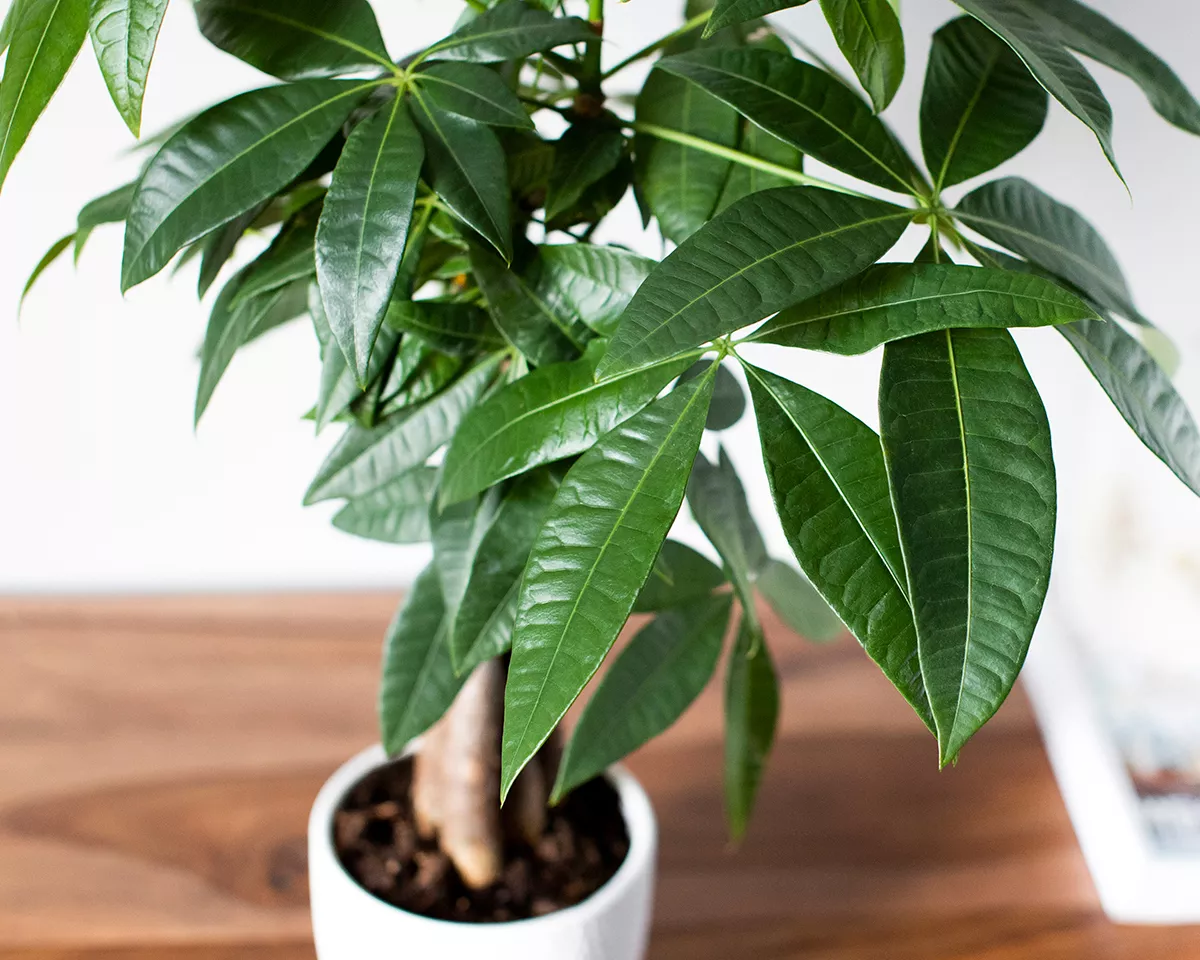
The Spruce / Kortney Gloska
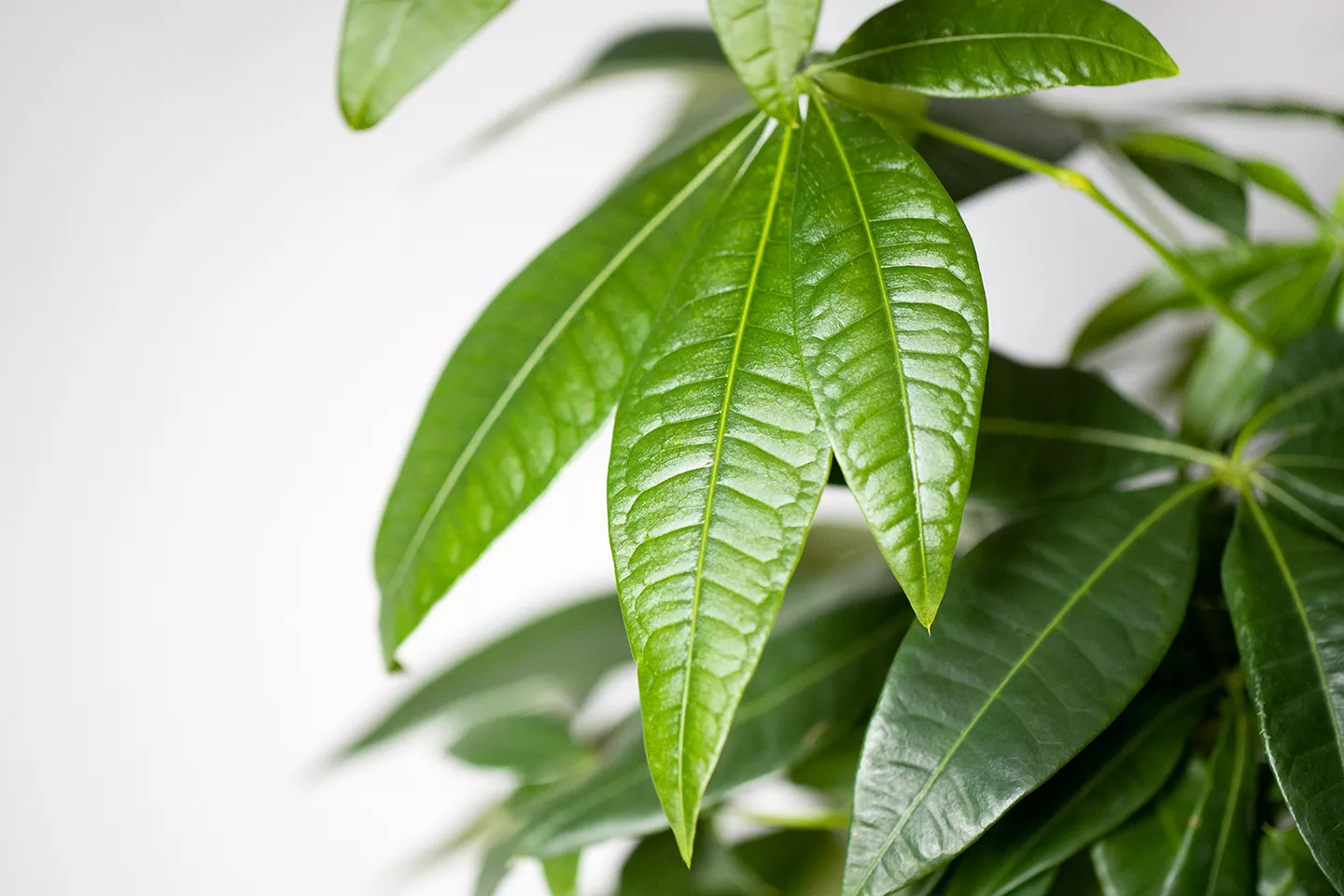
Money Tree Care
Here are the main care requirements for growing a money tree indoors:
- Place the plant in a spot where it gets at least six hours of bright to medium indirect sunlight every day.
- Use well-draining potting mix high in peat moss.
- Water it regularly to keep it evenly moist but reduce watering in fall and winter.
- Fertilize monthly during the growing season in spring and summer.
Light
Outdoors, these plants tolerate direct sunlight, but indoors money trees has specific light requirements. They should be placed in bright to medium indirect sunlight, for at least six hours a day. If you don't have a sunny window that provides enough light, this plant will also do well under fluorescent light.
Soil
Money tree needs a potting medium with excellent drainage, ideally, a potting mix that is peat-moss-based because it provides the necessary soil acidity of a pH between 6.0 and 7.5.
Water
Money trees should be watered often and regularly, each time the top inch of soil is dry. Water more frequently in the spring and summer months and cut down on watering in the fall and winter. While money trees thrive with lots of water, be careful not to overwater them. The best way to avoid overwatering your plant is to ensure that the potting container and the soil have the proper drainage.
Temperature and Humidity
Money trees appreciate mild temperatures and high humidity. Generally, they should be kept between 65 and 75 degrees F and not placed near
any warm or cold drafts. Since home environments are typically dry, increase humidity around your money tree by placing it on
top of a pebble tray filled with water, regularly misting the leaves, or using a small space humidifier.
Fertilizer
Fertilize your plant monthly throughout the spring and summer, when the plant is actively producing new leaves, and every two months throughout the fall and winter. An all-purpose houseplant fertilizer that has been diluted to half-strength will work best.
Pruning is an important part of caring for your money tree, especially if you wish to braid it, train the plant as a bonsai, or control its size. Regular pruning of the lower leaves also helps to encourage new growth at the top of the plant.
How to Braid a Money Tree
Young, healthy money trees with slim and flexible trunks can be braided together and potted as one plant. It is also possible to braid new and flexible stems on existing plants. Stems need to be well over a foot long to successfully braid. Braiding is thought to trap good fortune in its folds. It's a simple process, just like braiding hair, but it also takes practice and a gentle touch. Here is how it’s done:
- Take the plants out of their pots. Snip off excess leaves in the middle of the stem that will interrupt braiding.
- Begin braiding at the base or the top of the plants. Place a twist tie, ribbon, or piece of string around the ends to hold the stems together.
- As you braid, keep it loose; tight braiding damages the plant because as it grows, the stems thicken.
- Release the braid and see if it stays, but if not, gently and loosely tie it with string, a twist tie, or secure the braid with a piece of garden tape.
- Pot the plant in its new home. Stabilize the braided plants with a stake and loosely tie it to the stem with string. Do not put the stake in too deeply, as this risks damaging the roots.
- Braiding will stress the plants so place the pot in a partially shady area for about a month to recover.
- After a few months, cut off the tape or string holding the braid.
Propagating a Money Tree
The easiest way to propagate a money tree is from stem cuttings in the spring or summer when the plant is actively growing.
- Take a cutting at least 4 inches long from a healthy, firm stem, and make sure it includes a couple of nodes.
- Remove a few of the lower leaves and place the cutting in water.
- Once the cutting has rooted, plant it in a pot with potting mix.
Also, check out these detailed instructions for propagating a money tree.
Potting and Repotting a Money Tree
A well-draining, nutrient-rich potting soil is best for money trees. A peat moss-based mixture would be ideal, but a standard quick-draining soil mixture such as regular cactus or flower soil will also work. If the soil requires more drainage, you amend the mixture with perlite.
When choosing a potting container for your tree, always ensure that it has ample drainage holes, as money trees don't like their roots to sit in water and easily develop root rot if proper drainage is not provided. A smaller 6-inch pot is preferred for money trees.
Repotting your money tree is only necessary if you want your tree to grow larger. If you want your money tree to stay small, keeping it in a small pot is one of the best ways to do so.
Common Pests & Plant Diseases
Money trees are susceptible to a range of common houseplant pests when grown indoors, but are particularly prone to mealybugs and scale.1 If an infestation occurs, aim to treat the plant immediately using a mild insecticide or horticultural oil, like neem oil.
Common Problems With Money Tree
Money tree plants are easy enough to grow and maintain but a couple of problems may occur, which are usually alleviated by following some simple care tips.
Yellow or Brown Leaves
Typically yellowing or browning leaves indicate overwatering or underwatering. One way to tell the difference is to see if the leaves are both discolored and curling, which indicates underwatering. It could also mean you have given the plant too much or too little sunlight so you will need to change the plant's location to see if it helps.
Soft Stems/Trunk
If the stems or trunk is becoming too soft and heading towards mushy, you are overwatering the plant.
Leggy Plant
If you notice there's no new leaf growth and the plant looks too leggy, it may mean you are not giving it enough light. A new location may help.
The Money Tree 'Guiana Chestnut' Pachira Braid is a stunning indoor plant that has become a symbol of luck, prosperity, and
good fortune in many cultures, especially in Australian homes and businesses. Known for its striking appearance, this tree features lush
green leaves, a unique braided trunk, and is an attractive addition to any indoor setting. Whether you're looking to improve your feng shui,
add a touch of nature to your space, or simply enjoy a low-maintenance plant, the Money Tree is the perfect choice.
The Guiana Chestnut, also called Pachira aquatica, is a hardy plant that thrives in indirect light and requires minimal attention, making it an ideal choice for busy Australians who still want to enjoy the benefits of indoor greenery. Its braided trunk adds a distinctive flair, making it a conversation starter and an impressive focal point in any room. The Money Tree is not only a beautiful addition to your home but also believed to bring positive energy and good luck, especially when placed in the southeast corner of your home, according to feng shui principles.
Key Features:
-
Symbol of Prosperity: The Money Tree is considered a lucky plant, believed to bring wealth, good fortune, and positive
energy to your space.
-
Beautifully Braided Trunk: The braided trunk gives the plant a unique, decorative look, adding elegance and style to your
home or office.
-
Low Maintenance: Perfect for Australian homes, this plant requires minimal care, thriving in indirect sunlight and moderate
watering.
-
Air-Purifying: Like many indoor plants, the Money Tree helps purify the air, improving the overall quality of your indoor
environment.
-
Perfect for Indoor Spaces: This plant does well indoors, making it suitable for homes, offices, and other living spaces in
Australia.
-
Long Lifespan: With proper care, the Money Tree can live for many years, growing into a stunning, lush indoor tree.
2. Key Points
-
Symbolic Meaning: The Money Tree is deeply rooted in feng shui practices, often regarded as a symbol of wealth and
prosperity. It’s an ideal plant to place in your living room or office to attract good fortune.
-
Easy to Care For: Ideal for Australian climates, the Money Tree can tolerate a variety of indoor environments, requiring
minimal maintenance. Just water it moderately and place it in a location with indirect sunlight, and you’ll see it thrive.
-
Versatile Décor Element: The braided trunk adds visual appeal and makes this plant an excellent decorative piece for modern
and traditional Australian interiors alike.
-
Adaptable to Different Spaces: This plant fits seamlessly into both small apartments and larger homes, offering a perfect
balance between greenery and sophistication.
-
Feng Shui Benefits: Known to improve energy flow and promote prosperity, the Money Tree is a great addition to any
Australian household focused on creating a positive environment.
3. Benefits
-
Promotes Good Luck: According to feng shui traditions, the Money Tree is a powerful symbol of wealth and prosperity. Having
this plant in your home or office can invite financial success and positive energy.
-
Air Purification: As an indoor plant, the Money Tree works as a natural air purifier, improving the quality of the air in
your home or workspace by absorbing toxins and releasing oxygen.
-
Easy to Maintain: With minimal care requirements, the Money Tree is a perfect choice for Australians who want to add
natural beauty to their homes without the hassle of complex plant care.
-
Aesthetically Pleasing: Its braided trunk and glossy leaves create an elegant look that complements various interior
styles, from modern to traditional.
-
Versatile and Durable: The Money Tree can live for many years, growing in size and beauty with the right care, making it a
lasting addition to your home décor.
-
Stress Reduction: Like many indoor plants, the Money Tree helps reduce stress and enhance the feeling of well-being, making
it a great plant to have in your office or living room.
4. Why You Should Choose the Money Tree 'Guiana Chestnut' Pachira Braid
The Money Tree 'Guiana Chestnut' Pachira Braid stands out as one of the best indoor plants for Australians who want to add a touch of elegance to their homes while benefiting from its symbolic meaning of good fortune and prosperity. This plant isn’t just a decorative item but a living piece of art that brings natural beauty and positive energy into your space.
Perfect for Australians with busy lifestyles, the Money Tree requires little attention and can thrive in indoor conditions. Its striking braided trunk is not only visually appealing but adds a unique, stylish twist to any home or office environment. With its reputation as a symbol of wealth and good fortune, placing this plant in your home may bring you prosperity and success, making it an excellent choice for those who believe in the power of positive energy and feng shui.
Moreover, its air-purifying qualities make it a smart choice for any indoor space, helping you create a healthier, cleaner environment while boosting the aesthetic appeal of your surroundings.
5. Conclusion
The Money Tree 'Guiana Chestnut' Pachira Braid is more than just a plant — it’s a symbol of prosperity, positivity, and good fortune. Ideal for Australian homes, offices, and businesses, this beautiful indoor tree offers an easy-care solution to enhance your living environment. With its unique braided trunk, glossy green leaves, and air-purifying qualities, the Money Tree is the perfect addition to any space, bringing both beauty and positive energy.
Whether you're new to plants or an experienced gardener, the Money Tree makes an excellent choice for anyone looking to improve their home’s atmosphere, attract prosperity, and add a touch of natural elegance to their décor. Don’t miss the opportunity to bring this lucky plant into your life and experience the benefits it offers.
The product may be provided by a different brand of comparable quality.
The actual product may vary slightly from the image shown.
Shop amazing plants at The Node – a top destination for plant lovers

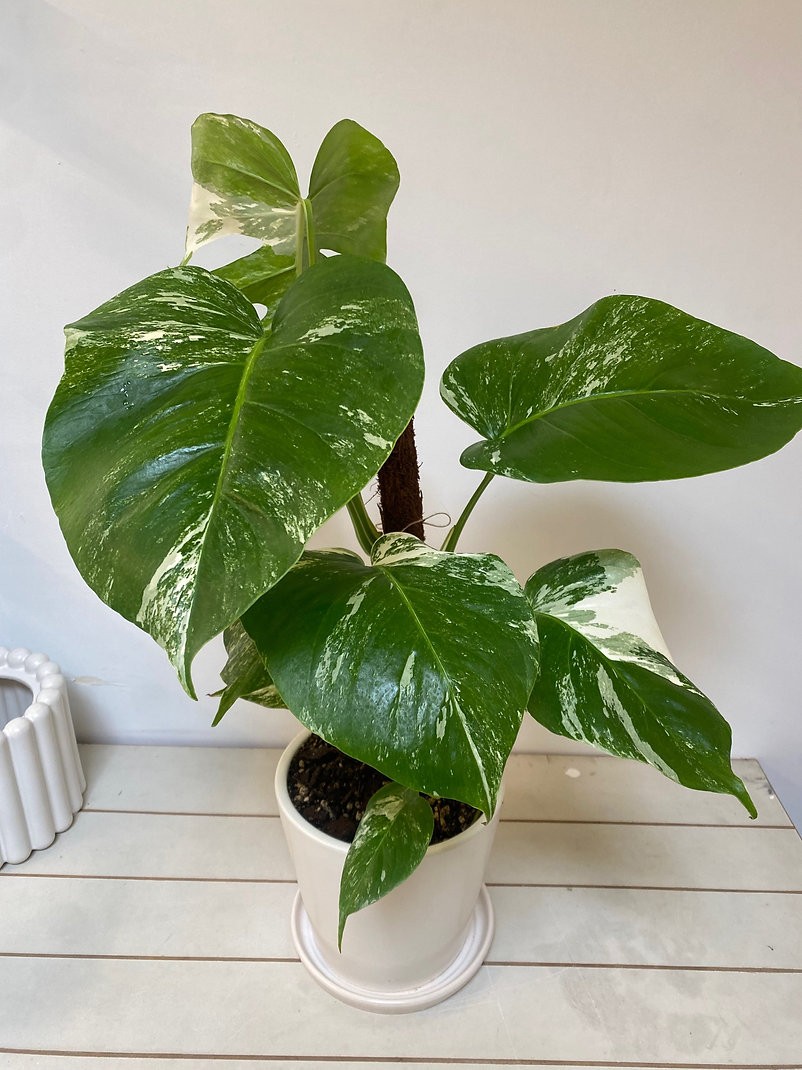
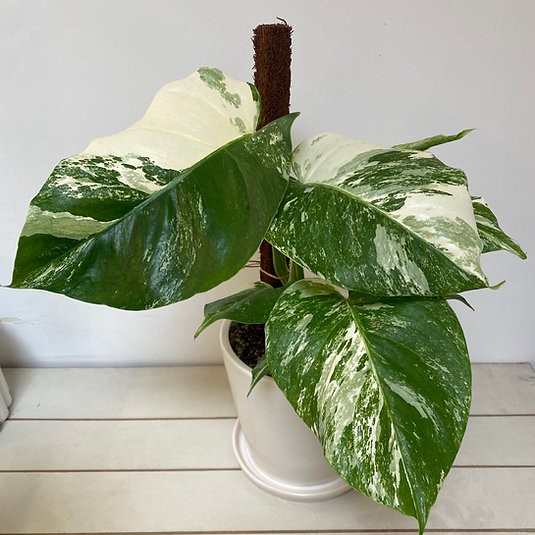
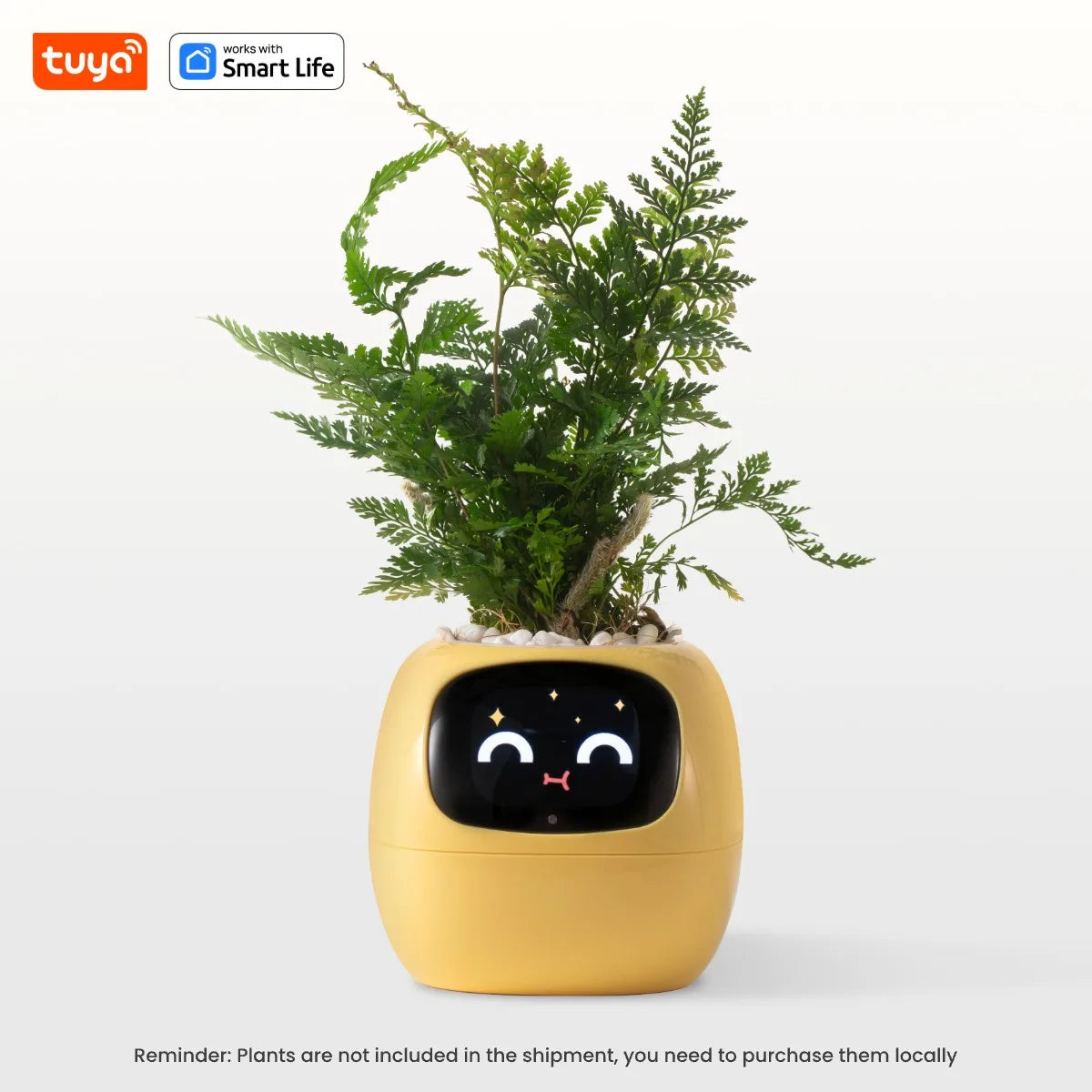
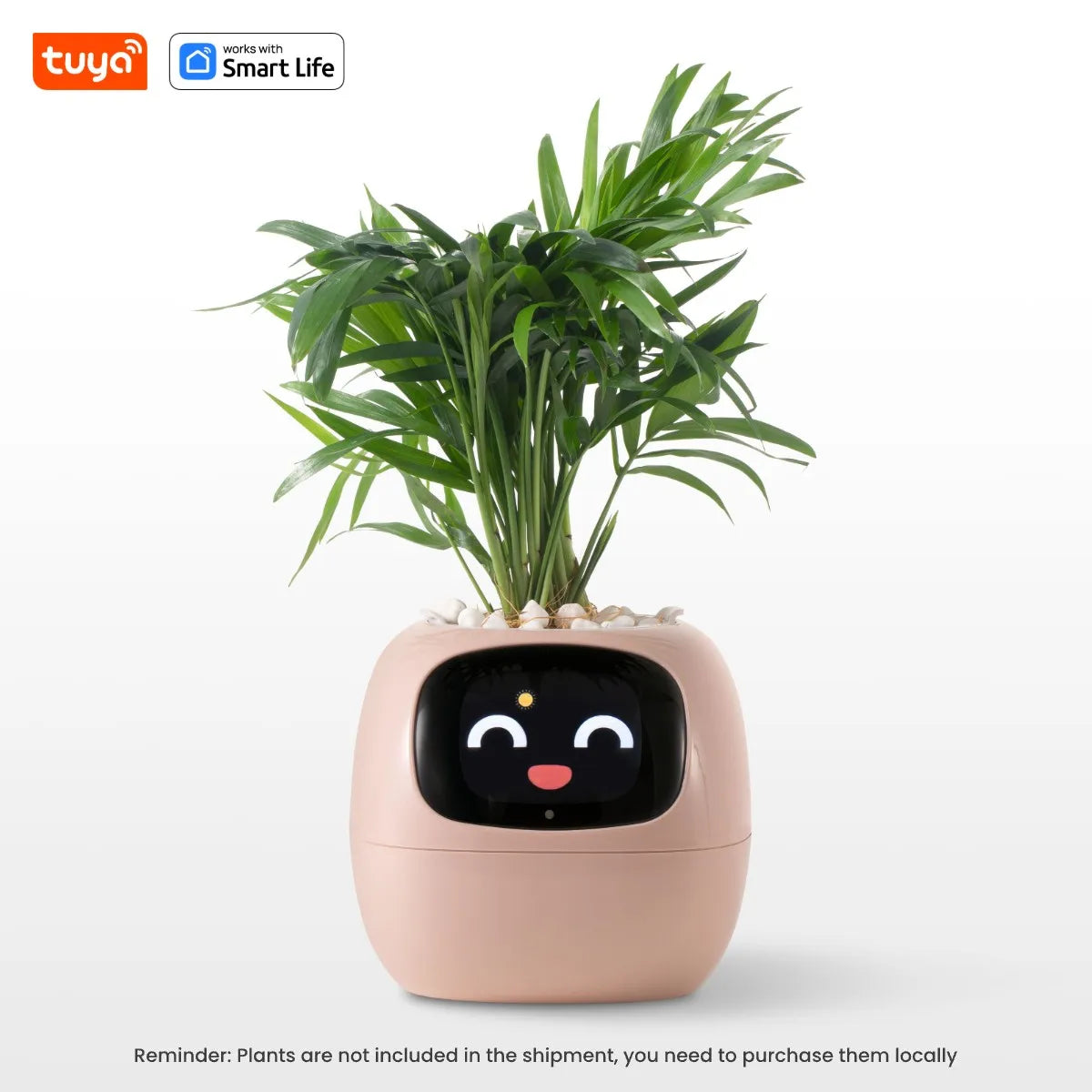
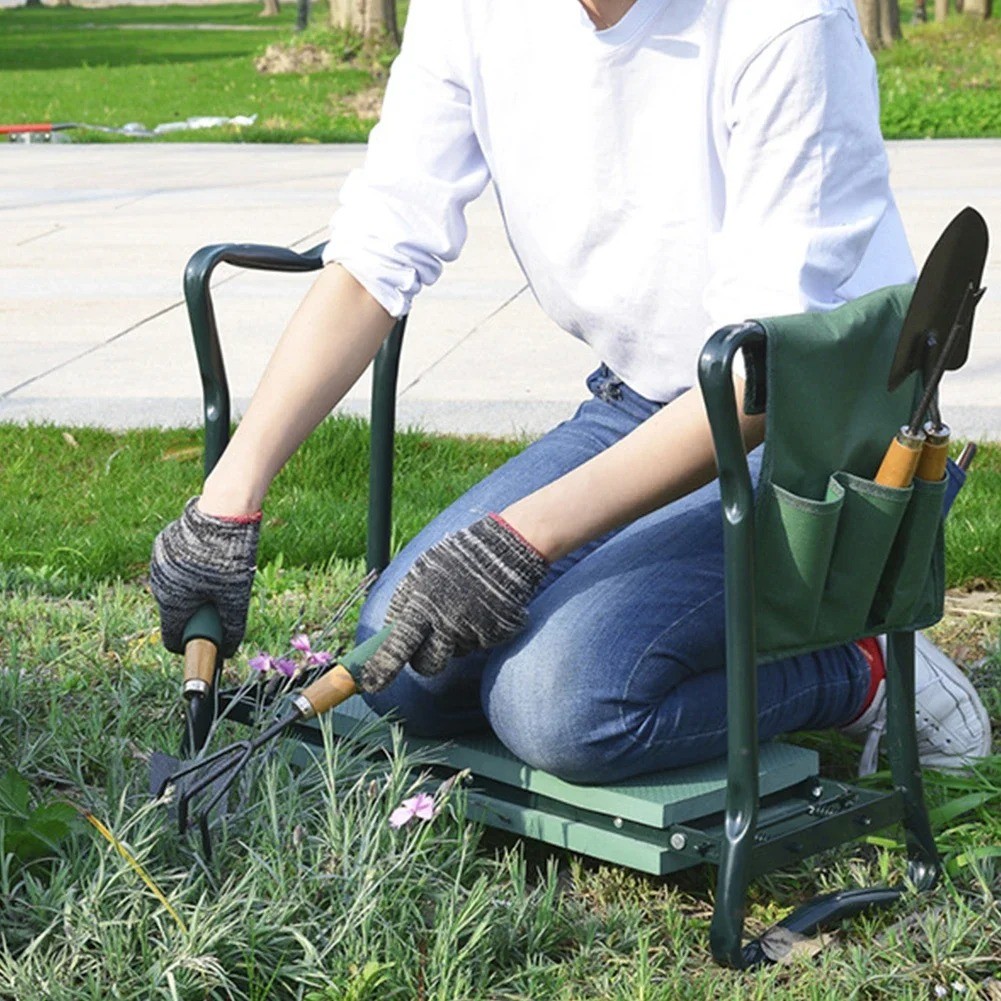
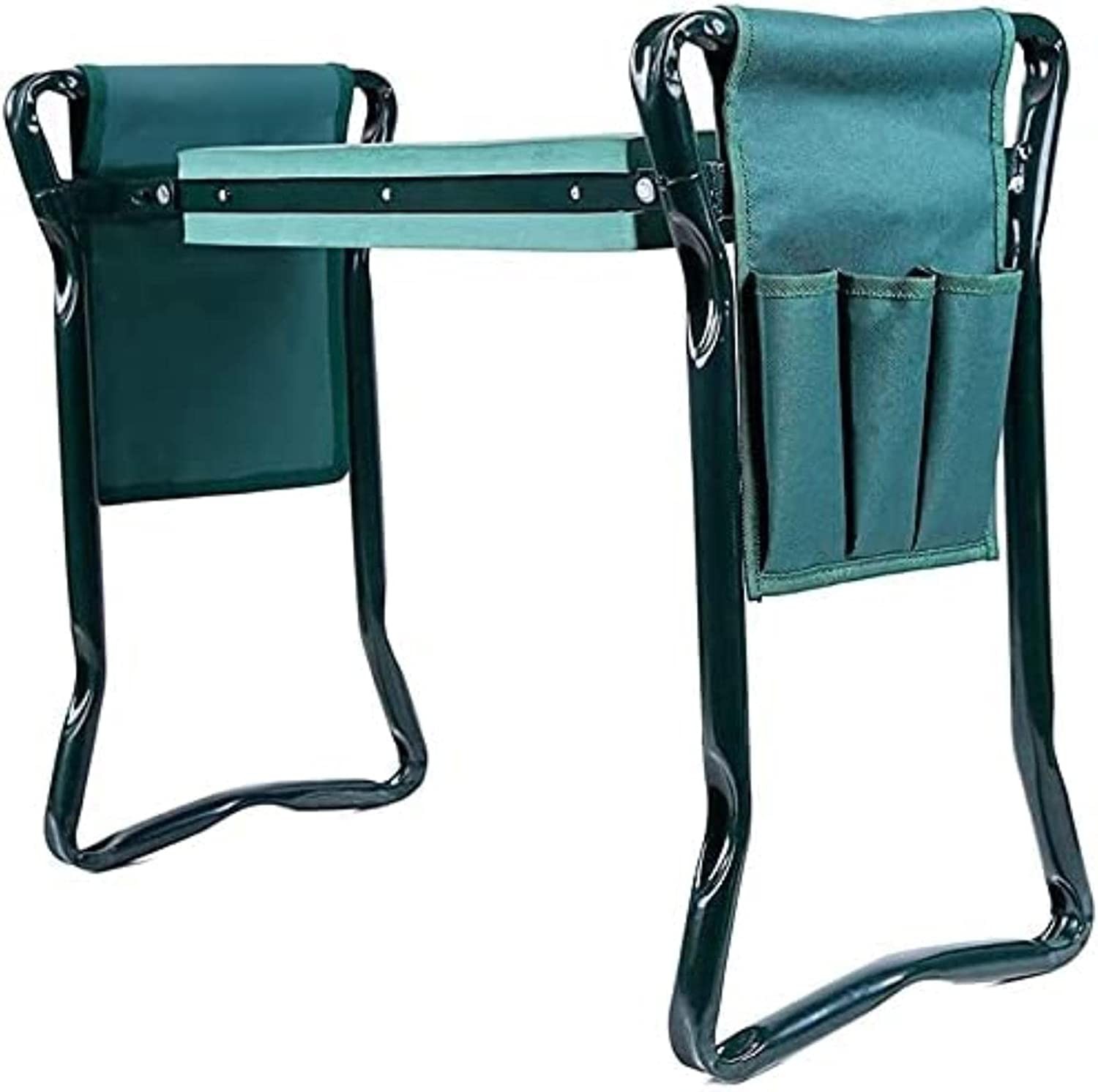

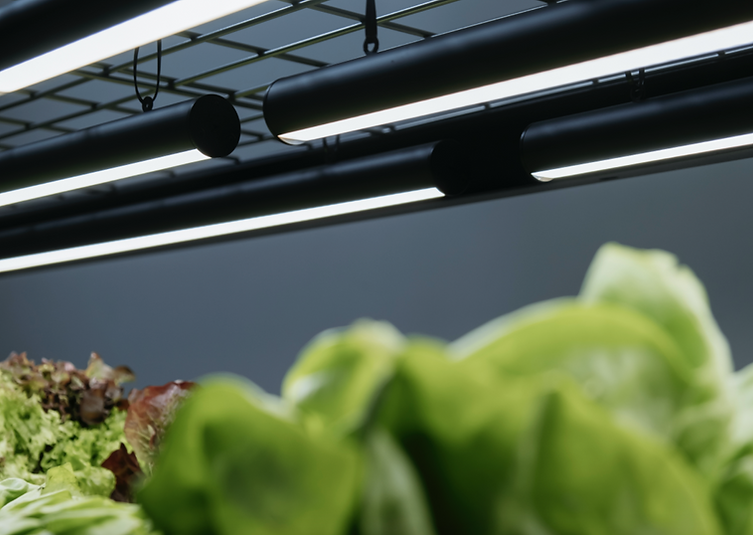
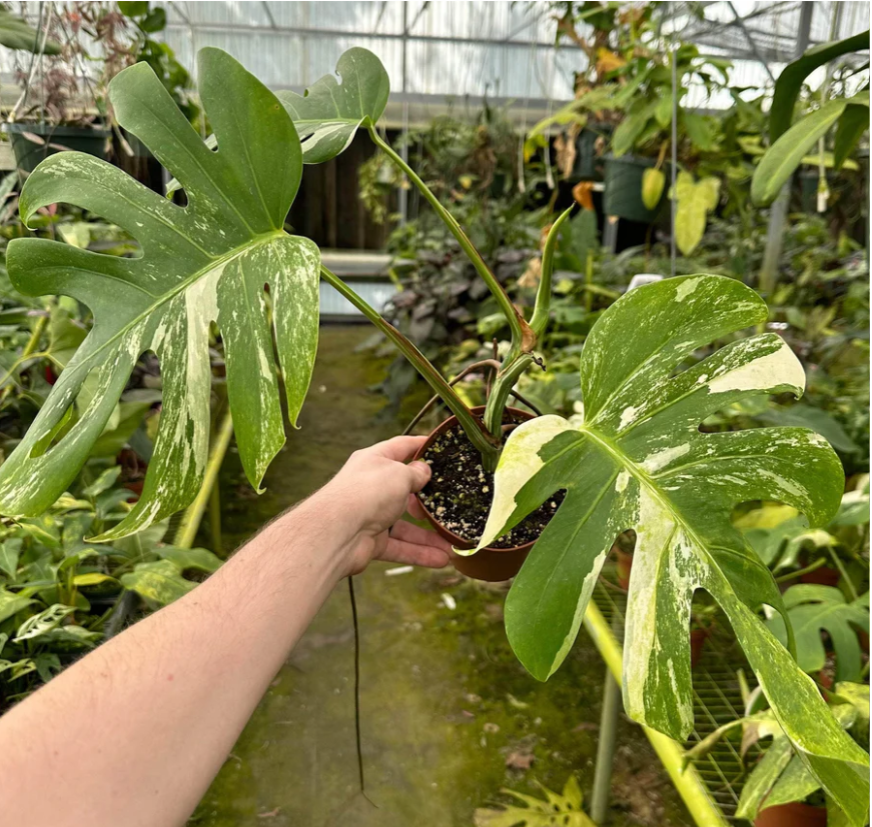

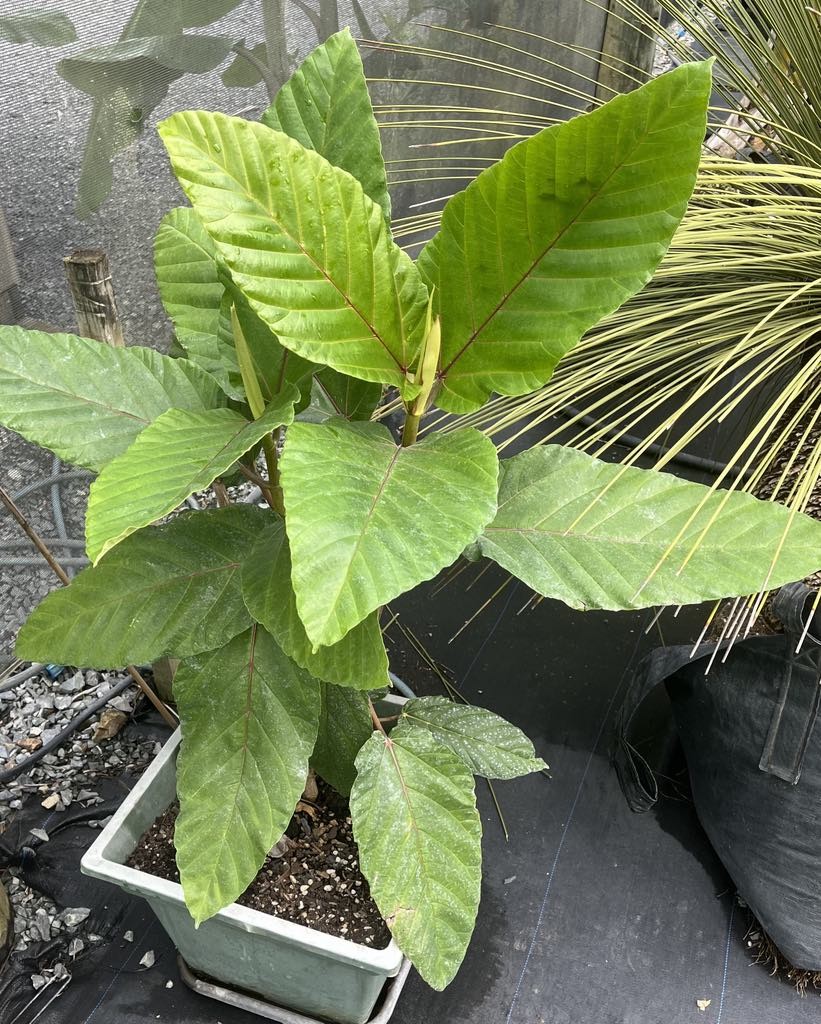
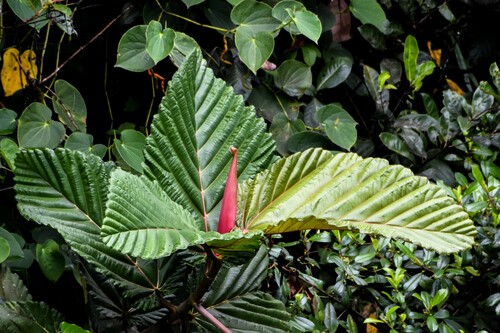
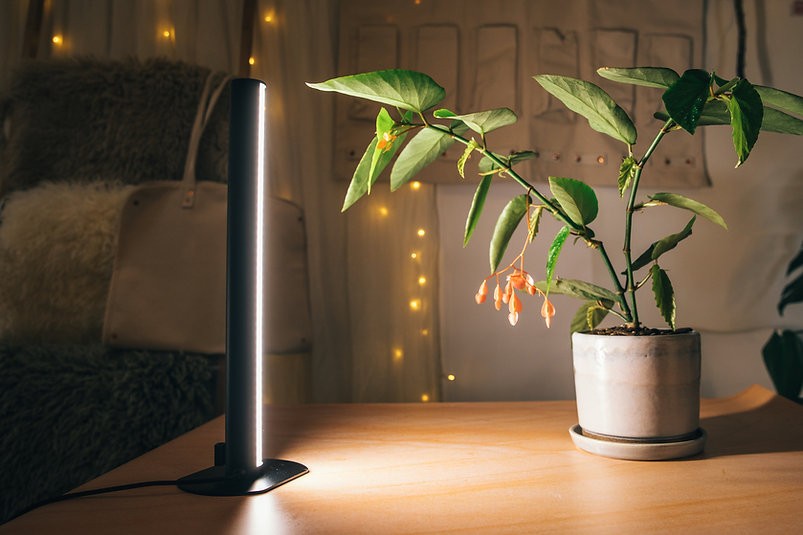
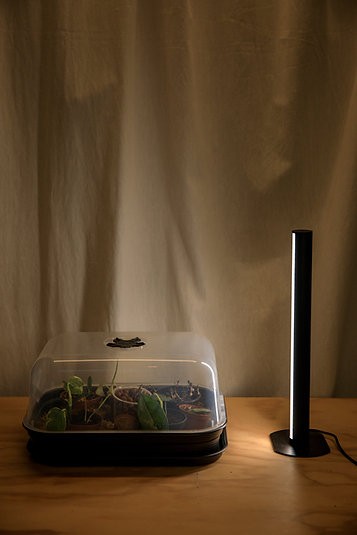
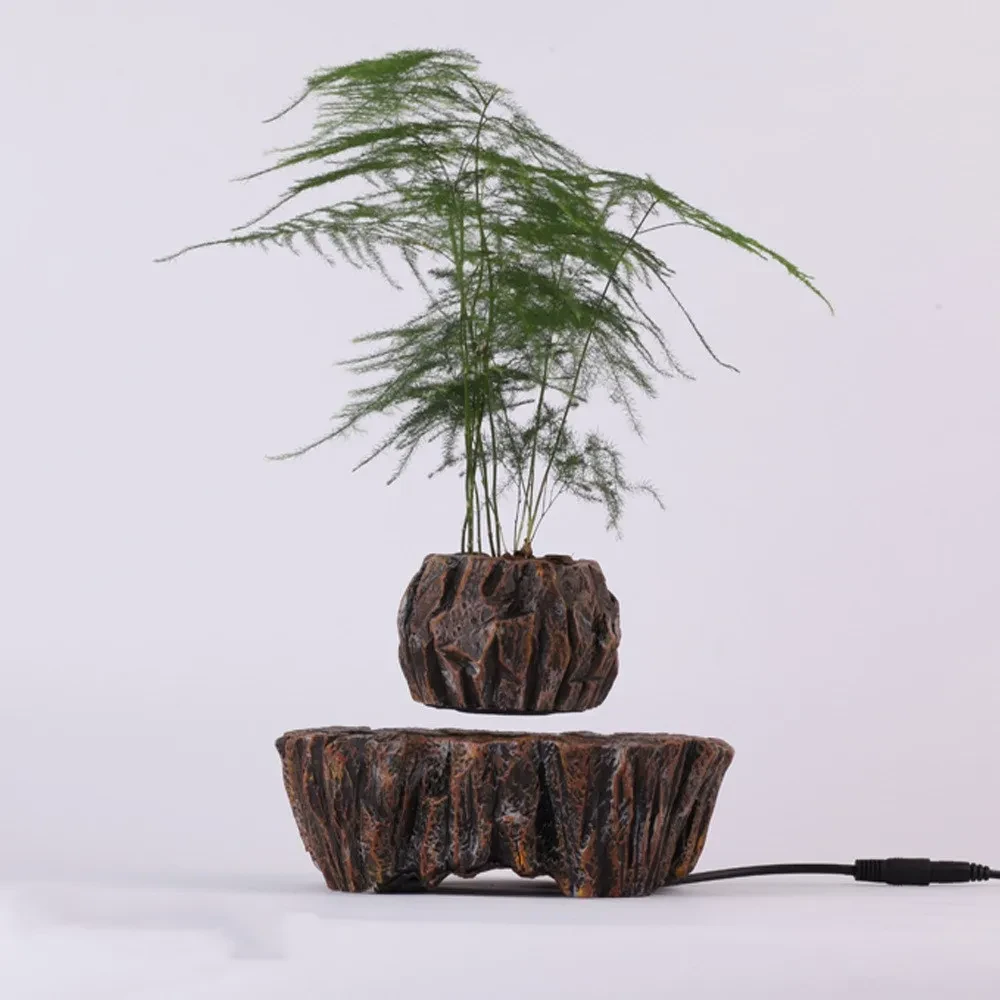
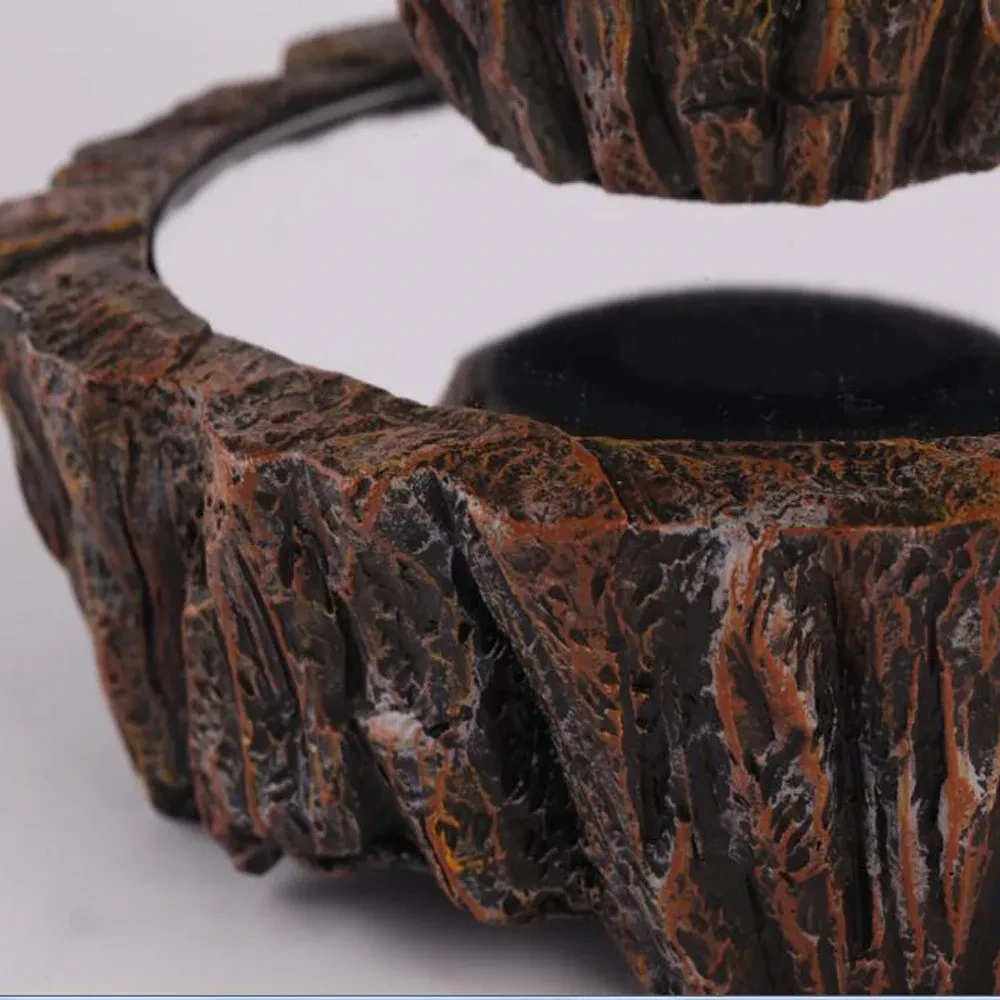









.jpg)
















































ulva-Logo.jpg)
